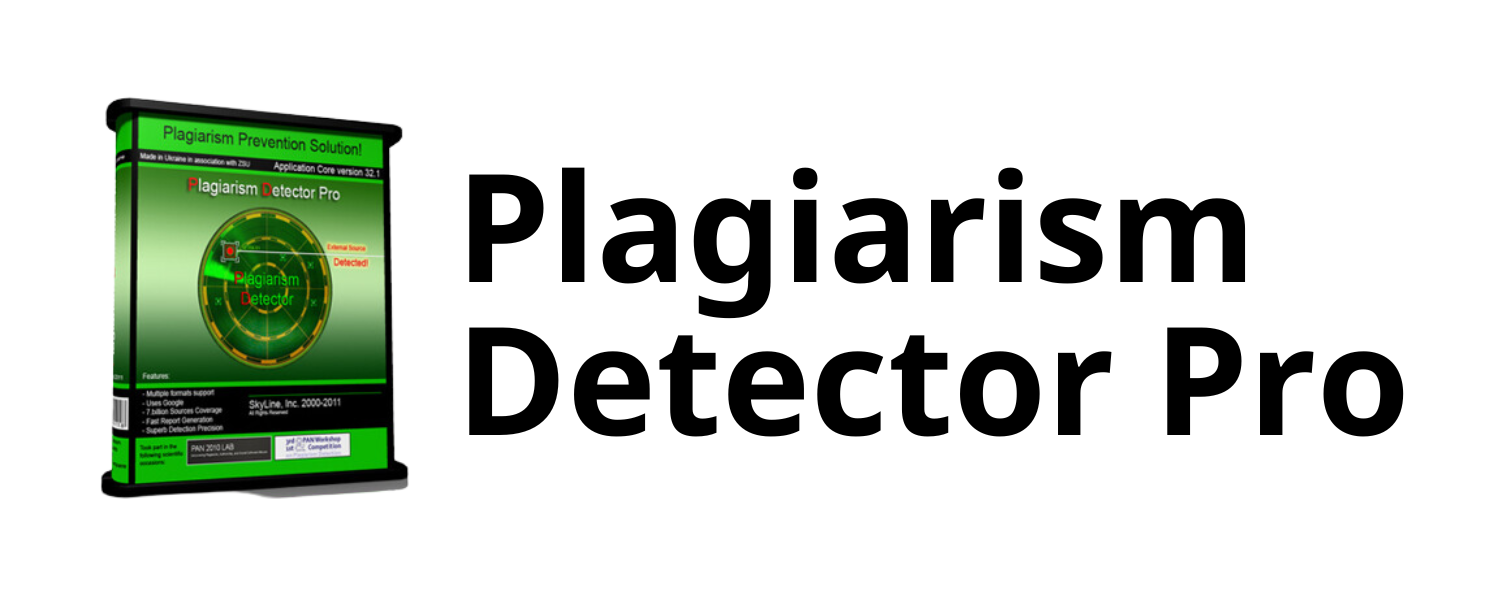The Relationship between Work Environment and Employee Development Program to Productivity and Job Satisfaction in the Manufacturing Industry in West Java
DOI:
https://doi.org/10.58812/snhss.v1i2.25Keywords:
Work Environment, Employee Development Programs, Productivity, Job Satisfaction, Manufacturing IndustryAbstract
This study investigates the relationship between the work environment and employee development programs on productivity and job satisfaction in the manufacturing industry in West Java. A quantitative approach was employed, with data collected from 100 employees using a Likert scale of 1 to 5. The data were analyzed using Structural Equation Modeling-Partial Least Squares (SEM-PLS 3). The results reveal that both the work environment and employee development programs have significant positive effects on productivity and job satisfaction. These findings underscore the importance of creating a supportive work environment and offering continuous development opportunities to enhance employee performance and satisfaction. This study provides practical insights for managers in the manufacturing sector on improving workplace conditions and development programs to drive better outcomes.
Downloads
References
J. Felipe, A. Mehta, and C. Rhee, “Manufacturing matters… but it’s the jobs that count,” Cambridge J Econ, vol. 43, no. 1, pp. 139–168, 2019.
T. P. Nugrahanti and A. S. Jahja, “Audit judgment performance: The effect of performance incentives, obedience pressures and ethical perceptions,” Journal of Environmental Accounting and Management, vol. 6, no. 3, pp. 225–234, 2018.
R. K. Pandian, “Does manufacturing matter for economic growth in the era of globalization?,” Social Forces, vol. 95, no. 3, pp. 909–940, 2017.
H. Ashari, T. P. Nugrahanti, and B. J. Santoso, “The role of microfinance institutions during the COVID-19 pandemic,” Global Business and Economics Review, vol. 30, no. 2, pp. 210–233, 2024.
H. Ashari and T. P. Nugrahanti, “Household economy challenges in fulfilling life needs during the Covid-19 pandemic,” Global Business and Economics Review, vol. 25, no. 1, pp. 21–39, 2021.
M. Z. Tadjoeddin, “Productivity, wages and employment: evidence from the Indonesia’s manufacturing sector,” J Asia Pac Econ, vol. 21, no. 4, pp. 489–512, 2016.
I. Agustina, H. Khuan, B. Aditi, S. A. Sitorus, and T. P. Nugrahanti, “Renewable energy mix enhancement: the power of foreign investment and green policies,” International Journal of Energy Economics and Policy, vol. 13, no. 6, pp. 370–380, 2023.
M. Z. Tadjoeddin, I. Auwalin, and A. Chowdhury, “Revitalising Indonesia’s Manufacturing: The Productivity Conundrum,” European Journal of East Asian Studies, vol. 16, no. 1, pp. 124–153, 2017.
L. Chiputyani, “The Analysis of Manufacturing Sector in Indonesia,” in The 2nd International Conference on Islamic Economics, Business, and Philanthropy (2nd ICIEBP) Theme:“Sustainability and Socio Economic Growth,” KnE Social Sciences, 2019, pp. 1200–1214.
L. Marnisah, J. R. R. Kore, and F. H. Ora, “Employee Performance Based on Competency, Career Development, And Organizational Culture,” Jurnal Aplikasi Manajemen, vol. 20, no. 3, pp. 632–650, 2022.
M. Á. López-Cabarcos, P. Vázquez-Rodríguez, and L. M. Quiñoá-Piñeiro, “An approach to employees’ job performance through work environmental variables and leadership behaviours,” Journal of Business Research, vol. 140, pp. 361–369, 2022.
J. R. Arrozak, “The Effect of Work Environment, OHS, and Job Satisfaction on Employee Performance,” International Journal of Innovation in Enterprise System, vol. 5, no. 01, pp. 78–89, 2021.
D. Sara, A. Handaru, and O. Usman, “The Effect Of Work Environment On Employee Performance Through Motivation And Job Satisfaction As Intervening Variables On Permanent Employees,” Eduvest - Journal of Universal Studies, vol. 2, pp. 2006–2018, Oct. 2022, doi: 10.59188/eduvest.v2i10.617.
A. Baashen, A. Matondang, and Y. Absah, “THE INFLUENCE OF COMPETENCE, ENVIRONMENT AND WORK MOTIVATION ON THE PERFORMANCE OF EMPLOYEES PT PLN (PERSERO) UNIT INDUK PEMBANGUNAN SUMATERA BAGIAN UTARA,” International Journal of Economic, Business, Accounting, Agriculture Management and Sharia Administration (IJEBAS), vol. 3, pp. 399–409, Mar. 2023, doi: 10.54443/ijebas.v3i2.734.
N. Bashir and K. Jehanzeb, “Training and Development Program and Its Benefits to Employee and Organization: An Conceptual Study,” European Journal of Business and Management, vol. 5, pp. 243–252, Jan. 2013.
A. P. Bartel, “Productivity gains from the implementation of employee training programs,” Industrial relations: a journal of economy and society, vol. 33, no. 4, pp. 411–425, 1994.
S. Daniels, “Employee training: a strategic approach to better return on investment,” Journal of business strategy, vol. 24, no. 5, pp. 39–42, 2003.
Z. K. M. Makhbul, M. S. Shukor, and A. A. Muhamed, “Ergonomics workstation environment toward organisational competitiveness,” International Journal of Public Health Science, vol. 11, no. 1, pp. 157–169, 2022.
L. Lisnatiawati and L. Lukertina, “Does Working Environment and Working Motivation has Big Impact on Employee Performance?,” in 4th International Conference on Management, Economics and Business (ICMEB 2019), Atlantis Press, 2020, pp. 145–147.
E. M. Putri, V. M. Ekowati, A. S. Supriyanto, and Z. Mukaffi, “The effect of work environment on employee performance through work discipline,” International Journal of Research-GRANTHAALAYAH, vol. 7, no. 4, pp. 132–140, 2019.
L. Frankó and A. Dúll, “Can the Office Environment Be a Motivator? What Makes a Good Enough Working Environment on the Eve of 2020?,” Periodica Polytechnica Social and Management Sciences, vol. 28, no. 2, pp. 129–139, 2020.
Y. Mandhanya, “Training and development strategies: Motivational tool for increasing employee retention,” 2015.
M. Van Wart, Handbook of training and development for the public sector: a comprehensive resource. ERIC, 1993.
S. Zahra, A. Iram, and H. Naeem, “Employee training and its effect on employees’ job motivation and commitment: Developing and proposing a conceptual model,” IOSR Journal of Business and Management, vol. 16, no. 9, pp. 60–68, 2014.
G. Salunke, “Work environment and its effect on job satisfaction in cooperative sugar factories in Maharashtra, India,” Abhinav International Monthly Refereed Journal of Research in Management & Technology, vol. 4, no. 5, pp. 21–31, 2015.
V. S. R. Vijayakumar and U. Saxena, “Herzberg revisited: Dimensionality and structural invariance of Herzberg’s two factor model,” Journal of the Indian Academy of Applied Psychology, vol. 41, no. 2, p. 291, 2015.
M. E. Malik and B. Naeem, “Towards understanding controversy on Herzberg theory of motivation,” World Applied Sciences Journal, vol. 24, no. 8, pp. 1031–1036, 2013.
T. C. Timmreck, “Managing motivation and developing job satisfaction in the health care work environment,” The Health Care Manager, vol. 20, no. 1, pp. 42–58, 2001.
F. J. Leach and J. D. Westbrook, “Motivation and job satisfaction in one government research and development environment,” Engineering Management Journal, vol. 12, no. 4, pp. 3–8, 2000.
Downloads
Published
Issue
Section
License
Copyright (c) 2024 Ahmad Nur Budi Utama, Arifhan Ady DJ , Muhammad Aga Sekamdo (Author)

This work is licensed under a Creative Commons Attribution-ShareAlike 4.0 International License.









 Instagram
Instagram 